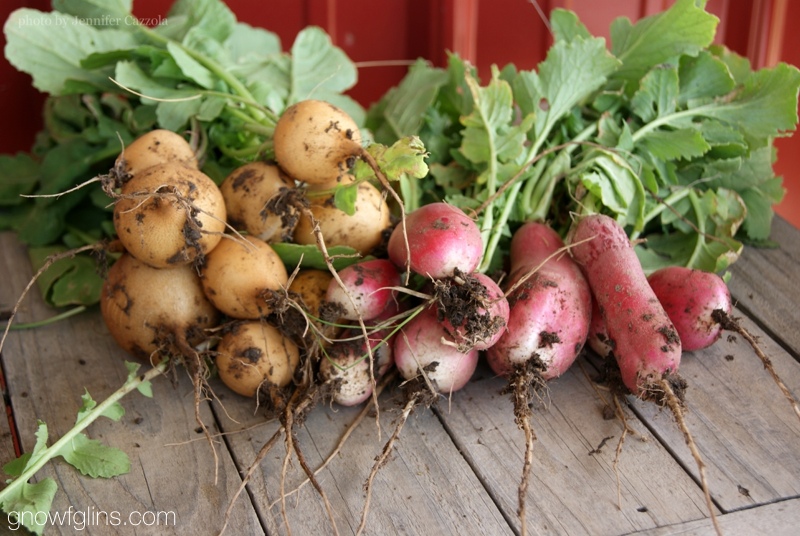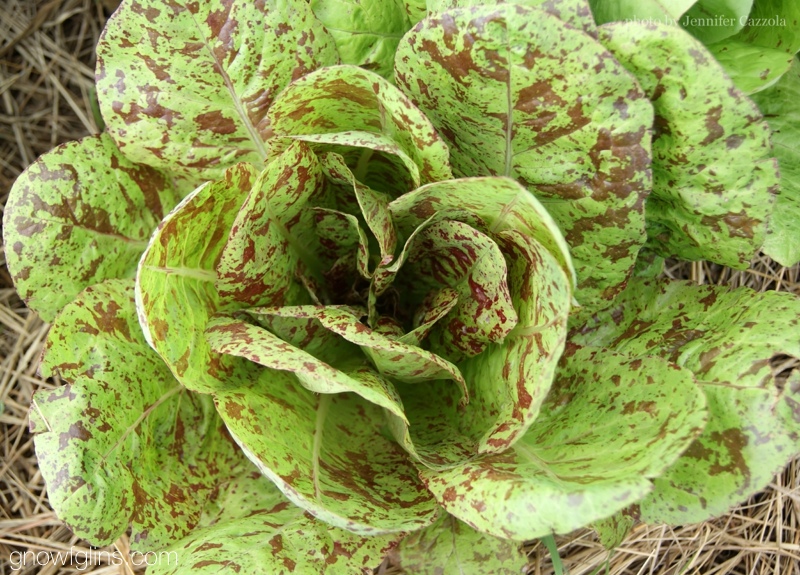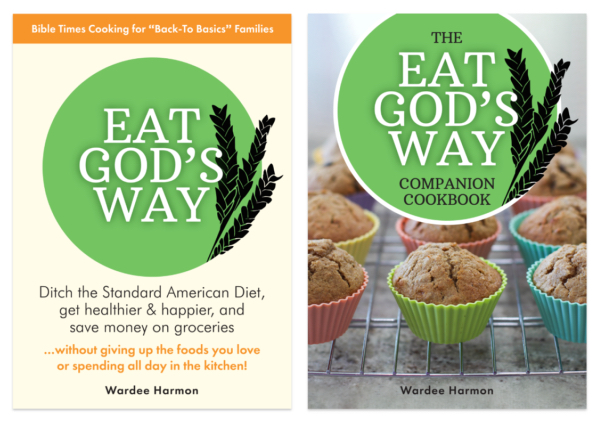
One of the best ways to settle into growing your own food is to change your perspective on the growing season. Gardening is not just a summer activity. Depending on your zone, gardening is something that can happen year round. All it takes is some careful planning and persistence.
I will be the first to agree that the transition from busy end-of-summer harvest to planting seeds in the fall is a challenge. But providing your table with fresh produce late in the season is well worth the effort. You will be so glad you stayed with it! Still not convinced? Additional perks of fall gardening include fewer pests and cooler weather, making outside garden work a joy.
Before you get out your seeds and get started, here are a few things you need to keep in mind.
Know when to expect your first hard frost.
If you don’t know the date, contact your county extension office. Keep this in mind when selecting your crops, since you don’t want lose your plants after pouring all that effort into planting them in the first place.
Make sure you know the difference between tender and semi-hardy vegetables.
Tender vegetables such as tomatoes, summer squash and zucchini, pole beans, and okra cannot tolerate any frost. If you want a fall harvest of these crops you need to figure out the frost date and plant accordingly.
Semi-hardy vegetables such as beets, lettuce, carrots, kale, etc. will tolerate a certain amount of frost and cooler temperatures. Some semi-hardy crops however are more tolerant than others, so do your research. 🙂
Have your season extenders ready to go.
These would include cloches, floating row covers, straw for mulching, etc. I have had great results with floating row covers — in my zone 6b garden I have been able to grow and harvest lettuce under a cover until February, which is when I plant my spring crop.
Easy-to-Grow Vegetables
Here are a few easy to grow vegetables we like to plant in the fall. All of these are semi-hardy and many will continue to produce long after frost if provided with some protection:
Radishes. These are a quick and easy crop. They only take three weeks to harvest so I can plant them in mid-August, and continue right on through October.
Lettuce. I begin sowing my seeds in August, and continue until Thanksgiving. In October I cover my lettuce beds with a floating row cover. In December, when the cold weather really sets in, I cover them with a thick layer of hay for mulch. I just lift the row cover and pack the hay in around the plants. Remember to water! When the weather is cooler it is easy to forget that the garden still needs water in order to grow. You can read here for more information on how to grow lettuce.

Beets. I plant a few rows of beets in August. While beets are classified as a semi-hardy vegetable, I have not had great success with them after frost, even when they are covered. I plant and harvest them all at once, usually in October or November. We remove the tops and eat those, then store the roots in the refrigerator, ferment them as pickles, or cook them up in one of these delicious Root Vegetable recipes.
Swiss chard. I plant chard in August, putting it in right along with the beets. Unlike the beets however, I have had success with this crop protected under a row cover or a plastic cloche. I have even managed to keep it going throughout the winter and into the spring. I harvest the outer leaves only as we need them.
Carrots. Fall carrots are planted in late summer and harvested in early fall. We like the Paris Market variety although this year I had much better success with my spring crop than I did my fall planting. The warm August temperatures have not made germination easy.
Do you plant a fall garden? What are some crops you have found to be successful?
...without giving up the foods you love or spending all day in the kitchen!

2 free books:
Eat God's Way
Ditch the Standard American Diet, get healthier & happier, and save money on groceries...
We only recommend products and services we wholeheartedly endorse. This post may contain special links through which we earn a small commission if you make a purchase (though your price is the same).


Note that differing areas can do plantings at differing times. We pretty much do winter, spring, and fall due to the oppressive summer heat in southern AZ. (our area always has a scourge of crickets in August/September so we try to have everything goner for that period of time. I also have a great indoor kitchen window garden of varying lettuce, kale, & chard from October thru March when it gets too warm in the house.
Just try planting in varying time settings and places on your property or in your house to see what works where you are, micro-climates are so varying you may be able to grow when you didn’t think it was possible!
That is great advice Susan and so true about the micro-climates around your home. I learned that the hard way when we moved out here to the country. I was still in the same zone but what I could/could not grow in the country was entirely different from what I could grow in my city garden.
In my zone 8 in southern Arkansas, we grow collard greens all winter and they are much better than any other season. I’ve been away from home for the summer and I’m so excited to get home and get my Fall garden going!
I’ve had great luck with collard greens in the past. I plant them in the spring, let them go to seed, and then they sprout and grow again mid summer. Easy crop to grow!
In Texas, I grow cabbage and broccoli. They tolerate light freezes well and will produce all winter, even after harvesting the main head. Cut cabbage high against the head leaving several of the large bottom leaves. Each plant will typically sprout a cluster 3 new smaller heads. After harvesting bthe main broccoli head, you will get smaller bunches. They get progressively smaller and eventually I pull them and give the whole plant to the chickens. They love the cabbage plants too.
Good to know. I’m really bad about planting fall cabbage. I have to start it indoors in July and usually by that time I’m busy with other things. Then when I set them out in August it is still pretty warm and the cabbage worms get to them. We’ve really enjoyed home grown cabbage in the past so I need to make a point at doing better with it.